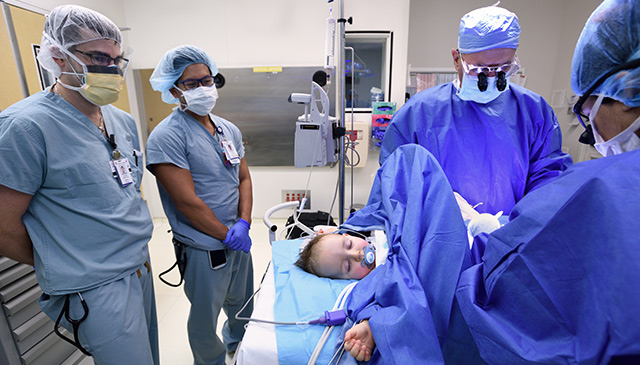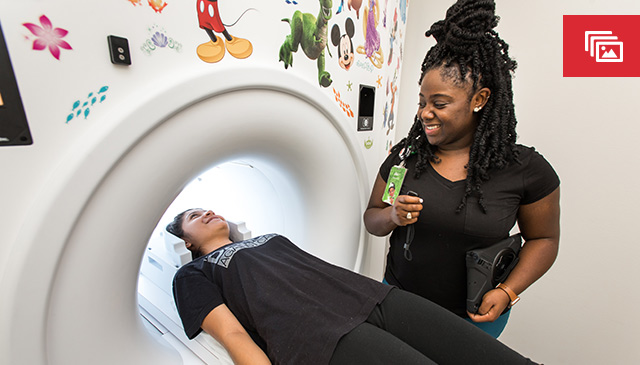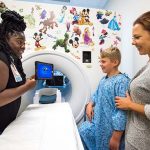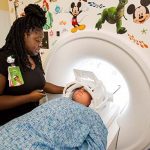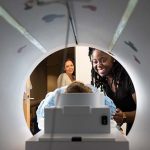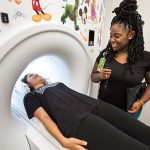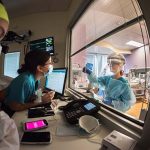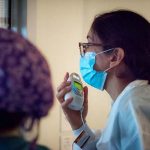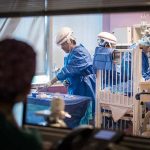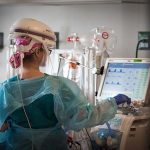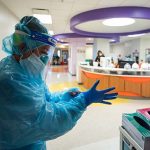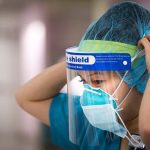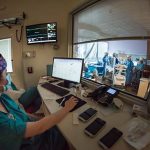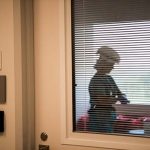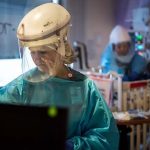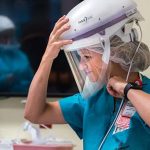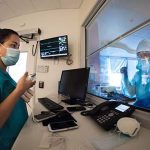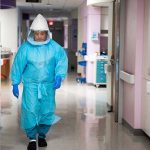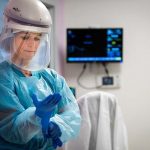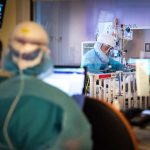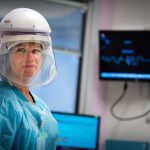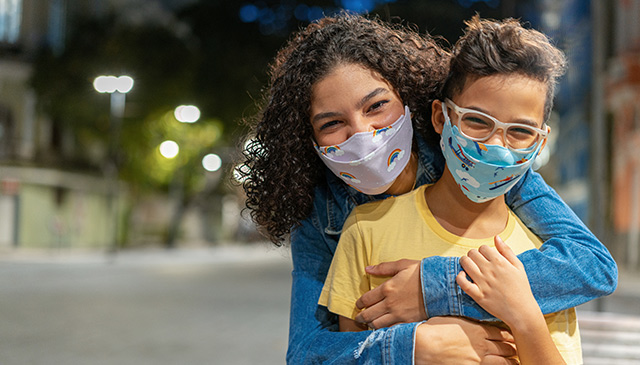
The health plan’s Member Services department has recently captured attention for record-setting performance. Even amid an onslaught of change, their service has increased and improved.
Could it get any better?
With the implementation of Epic Tapestry next summer, health plan leaders say YES! The performance of the department – and the value they bring to members – is about to be better than ever.
Let’s start with our workforce …
“One of the most significant benefits Epic Tapestry will bring to our team is the use of one system,” said Opera Wagner-Ross, director of Member Services. “Right now, the team must use multiple systems to serve our members, which can be time consuming and complicated. Tapestry will eliminate this.”
Wagner-Ross adds that the implementation will also streamline the communication between all parties involved in a member’s care.
“It’s a domino effect,” she said. “Improved workflow brings improved employee satisfaction. And satisfied employees are certainly more productive.”
So, what are the primary benefits to our members?
In two words – CONVENIENT ACCESS.
Tapestry will allow for the development of an enhanced member portal. Through the portal, families can access a number of convenient tools 24 hours a day/seven days a week, which may reduce the number of phone calls they make or time they have to wait for information.
According to Wagner-Ross, only 5,000 members used the portal last year out of more than 400,000 members. She says the low numbers are due to the portal’s limited functionality and the inability to adequately meet our member’s needs. “We are very hopeful that this will change.”
Moreover, the enhanced portal will improve care for members who are also patients of Texas Children’s Hospital because the portal will integrate with MyChart.
The member portal also includes …
- Benefit Information: Provides information about the member’s benefits associated with the coverage and links to metered benefits and out-of-pocket benefits.
- Referrals: Gives members access to information, such as the provider who referred them, who they were referred to, the status of the referral, the start and expiration dates of the referral, and the number of authorized and remaining visits.
- Claims: Allows members to view their Tapestry claims and paperless explanation of benefits. Members can take a look at what claims have been posted for services rendered to them.
- TCHP/TCH linked access: Members who are also patients of Texas Children’s Hospital will have expanded access to view Health Plan member features and Texas Children’s MyChart patient features.
- Temporary ID card: Members can access and print a temporary ID card and request replacements electronically.
- PCP update: Gives members the ability to electronically request a PCP change via the portal.
Missed the first story in our series? It’s all about Healthy Planet.
Read all about Member Services’ stellar performance.



